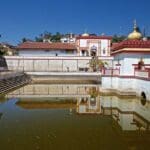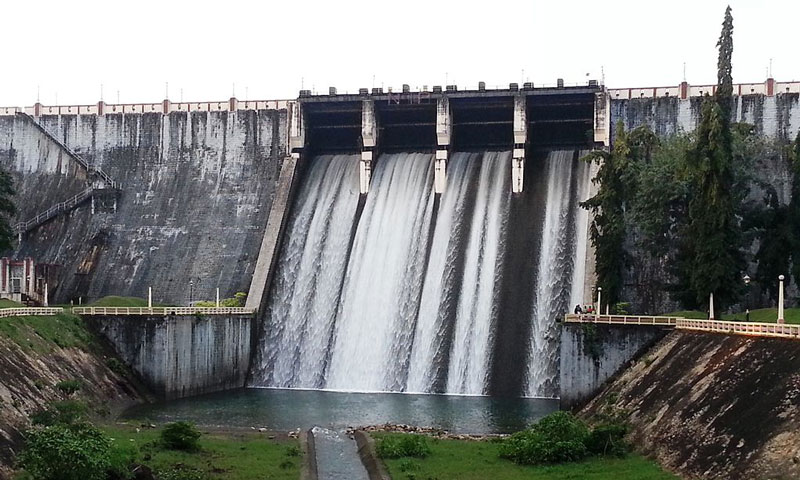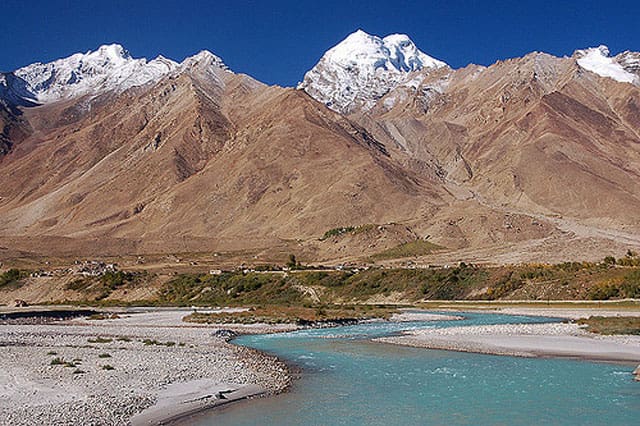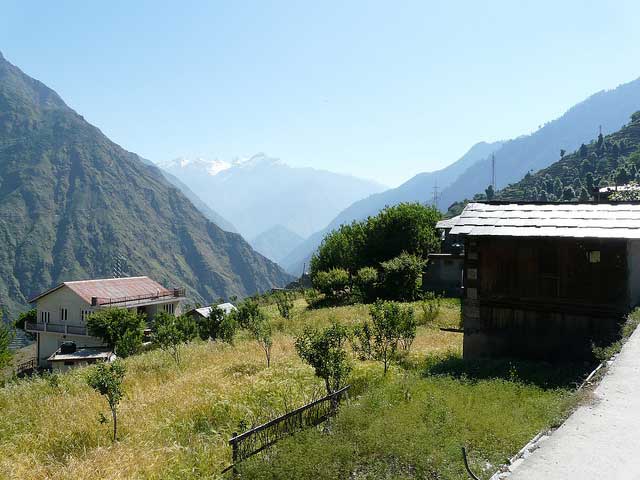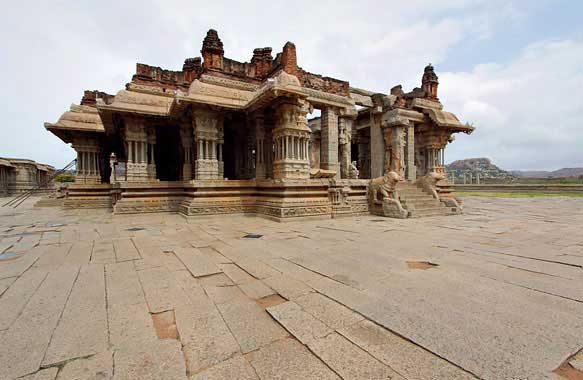Nestled in the enchanting Kullu Valley, the Bijli Mahadev Temple stands as a beacon of spirituality, natural beauty, and mythological significance. This ancient temple, dedicated to Lord Shiva, attracts countless devotees and tourists, offering an unparalleled experience of serenity and reverence. Situated at an altitude of approximately 2,460 meters, this revered shrine is an architectural marvel surrounded by panoramic views of lush valleys and majestic Himalayan peaks.
Historical and Mythological Significance
The Bijli Mahadev Temple holds immense historical and mythological importance. According to Hindu legends, it is believed that the temple was constructed in honor of Lord Shiva, who absorbed a massive bolt of lightning to save the world from destruction. The temple’s name, “Bijli Mahadev,” translates to “Lightning Shiva,” aptly reflecting this divine act of protection.
One of the temple’s most captivating legends revolves around the shivlinga, which is said to shatter due to lightning strikes every few years. The temple priests meticulously reconstruct it using a paste made of butter and sattoo (barley flour), symbolizing the cyclical nature of creation and destruction. This phenomenon reinforces the spiritual aura and the celestial connection of the temple.
Architectural Marvel in the Lap of Nature
Constructed in the Pahari architectural style, the Bijli Mahadev Temple features a wooden structure adorned with intricate carvings. The sanctum sanctorum houses the sacred shivlinga, which is the focal point of devotion. The temple’s rustic design harmonizes with the surrounding natural beauty, creating a tranquil ambiance that elevates the spiritual experience.
The temple courtyard offers breathtaking views of the confluence of the Beas and Parvati rivers, surrounded by dense cedar forests and snow-capped mountains. This picturesque setting makes the temple not just a spiritual haven but also a paradise for nature lovers and photography enthusiasts.
How to Reach Bijli Mahadev Temple
Reaching the Bijli Mahadev Temple is an adventure in itself. The temple is accessible via a moderately challenging trek of about 3 kilometers from Chansari village, which is located 22 kilometers from Kullu town. The trek takes visitors through dense pine forests, meadows, and rugged terrains, offering glimpses of local flora and fauna.
For those seeking convenience, a road now connects closer to the temple base, making it possible to drive most of the way. From there, a shorter hike leads to the temple’s summit, where the magnificent shrine awaits.
Best Time to Visit
The Bijli Mahadev Temple is open to visitors throughout the year, but the best time to visit is between March and June or September and November. During these months, the weather is pleasant, and the surrounding landscape is at its most vibrant. In the winter, the area is blanketed with snow, offering a unique and serene atmosphere for those who dare to brave the cold.
The annual Bijli Mahadev fair, held in July or August, is another excellent time to visit. This vibrant festival attracts locals and tourists alike, featuring traditional music, dance, and rituals that showcase the rich cultural heritage of Himachal Pradesh.
Rituals and Worship Practices
The worship practices at the Bijli Mahadev Temple are steeped in ancient traditions. Devotees offer milk, honey, and flowers to the shivlinga while chanting Vedic mantras. Special poojas are performed on Shivratri and other auspicious occasions, drawing large crowds of devotees.
One of the unique aspects of the temple’s rituals is the reconstruction of the shivlinga after it is shattered by lightning. This act is performed with great devotion and precision by the temple priests, symbolizing the divine intervention of Lord Shiva.
A Spiritual and Adventurous Getaway
The Bijli Mahadev Temple is not just a religious site but also a destination for adventure enthusiasts. The trek to the temple is a favorite among hikers, offering a mix of physical challenge and spiritual fulfillment. The trail provides an opportunity to connect with nature, breathe in the crisp mountain air, and experience the tranquility of the Himalayas.
For photography enthusiasts, the temple offers stunning vistas of the Kullu Valley, making it a perfect spot for capturing mesmerizing sunrise and sunset views. The panoramic beauty combined with the spiritual vibe creates a captivating experience that stays etched in visitors’ hearts.
Local Culture and Hospitality
The region around the Bijli Mahadev Temple is inhabited by warm and hospitable locals who take pride in their rich cultural heritage. Visitors can immerse themselves in the local lifestyle, savor traditional Himachali cuisine, and explore nearby villages to gain a deeper understanding of the region’s culture and traditions.
The temple also serves as a hub for cultural exchange during festivals and fairs, where locals and visitors come together to celebrate and honor the divine.
Tips for Visitors
- Prepare for the Trek: Wear comfortable trekking shoes and carry essentials such as water, snacks, and sunscreen. The trail can be steep and uneven, so a walking stick can be helpful.
- Dress Modestly: As a religious site, it is important to dress modestly and respect the temple’s sanctity.
- Carry Cash: There are limited ATM facilities in the area, so carrying cash for offerings and local purchases is advisable.
- Respect Nature: Avoid littering and follow eco-friendly practices to preserve the pristine environment.
- Stay Hydrated: At high altitudes, staying hydrated is crucial to prevent altitude sickness.
Conclusion
The Bijli Mahadev Temple is a mesmerizing blend of spirituality, history, and natural beauty. Whether you are a devotee seeking divine blessings or a traveler yearning for adventure and tranquility, this sacred site offers an unforgettable experience. Its unique rituals, breathtaking landscapes, and rich cultural heritage make it a must-visit destination in the heart of Himachal Pradesh.
FAQs About Bijli Mahadev Temple
1. What is the significance of Bijli Mahadev Temple?
The temple is dedicated to Lord Shiva and symbolizes his act of absorbing lightning to save the world. It is a spiritual and historical landmark with unique rituals like the reconstruction of the shivlinga after lightning strikes.
2. How can I reach the temple?
The temple can be accessed via a 3-kilometer trek from Chansari village or a shorter hike after driving closer to the temple base.
3. What is the best time to visit?
The ideal months to visit are from March to June and September to November. The temple is also a wonderful winter destination for snow lovers.
4. Are there accommodations near the temple?
Yes, there are guesthouses and hotels in Kullu and nearby villages offering comfortable stays for visitors.
5. Is the trek suitable for beginners?
The trek is moderately challenging but manageable for beginners with proper preparation and determination.
6. What should I carry for the trip?
Essentials include trekking shoes, water, snacks, sunscreen, warm clothing (in winter), and a walking stick for added support.










